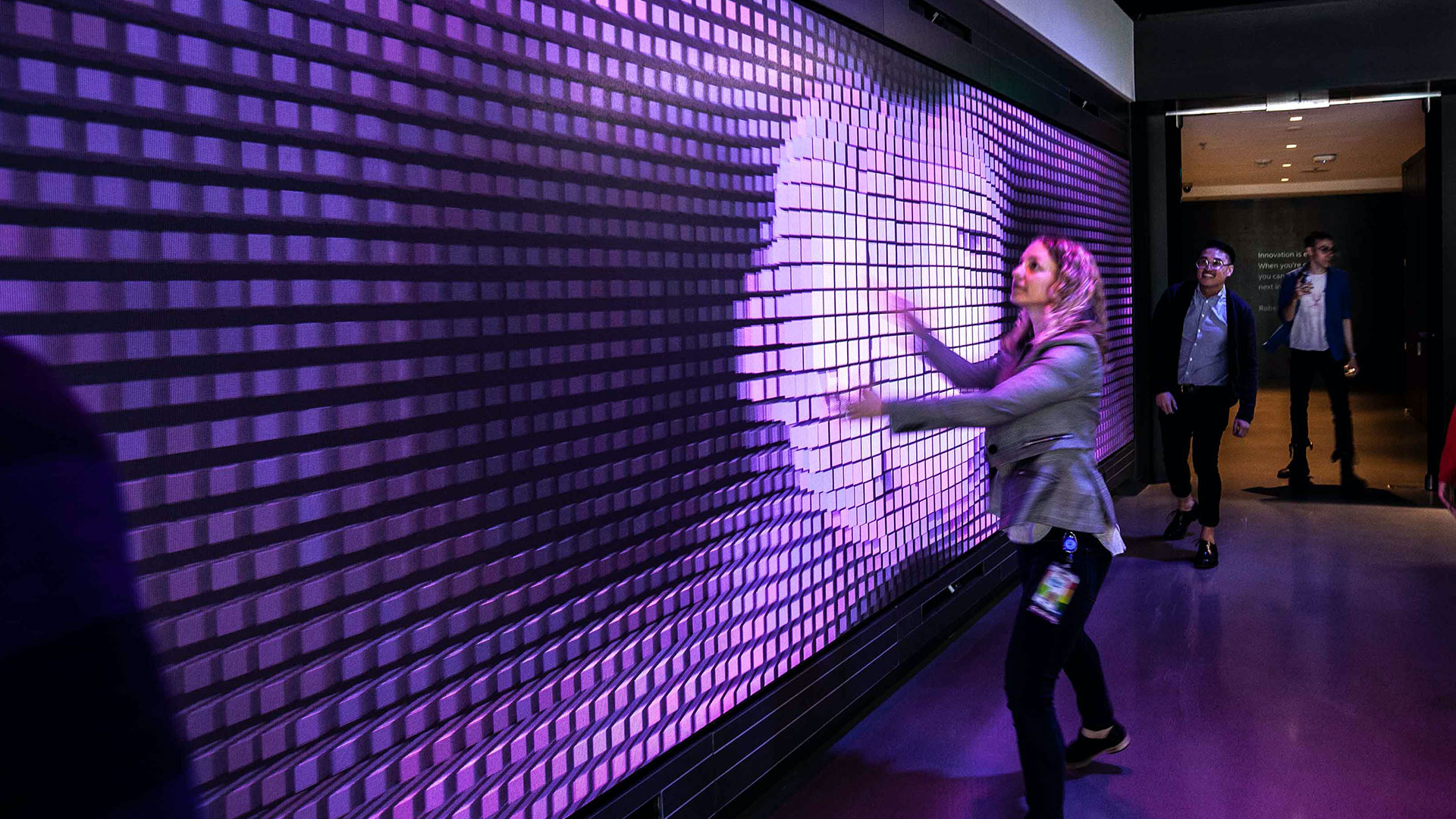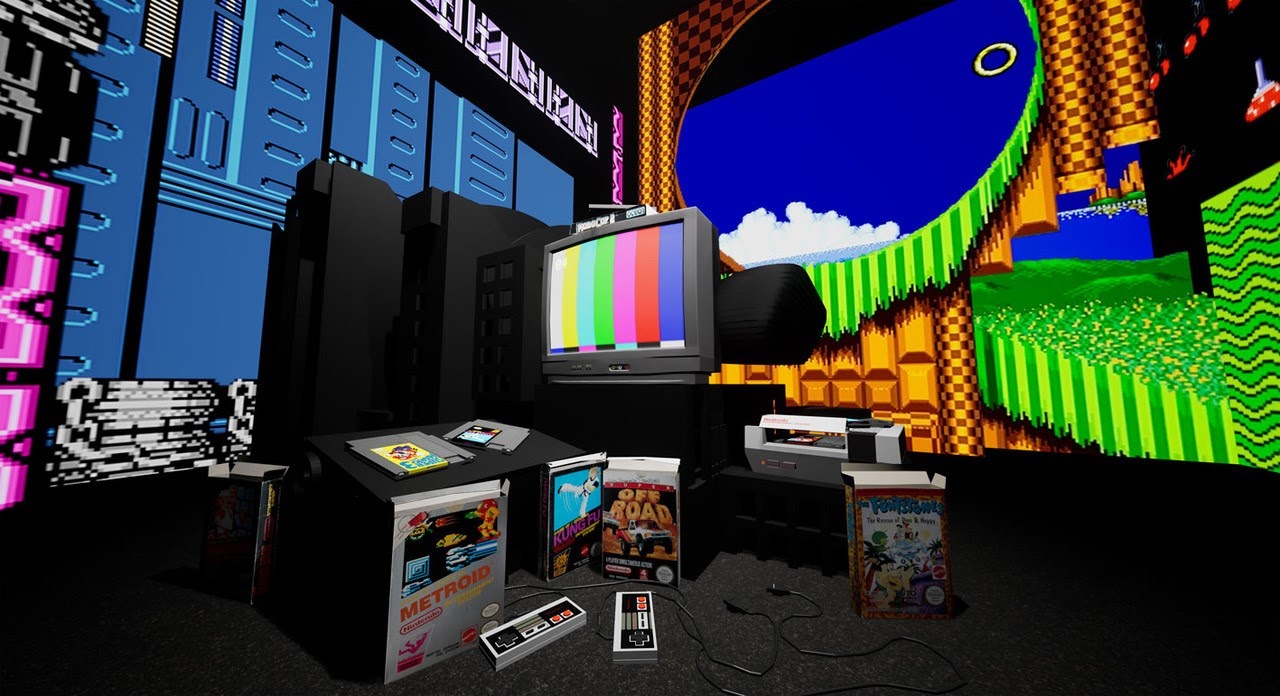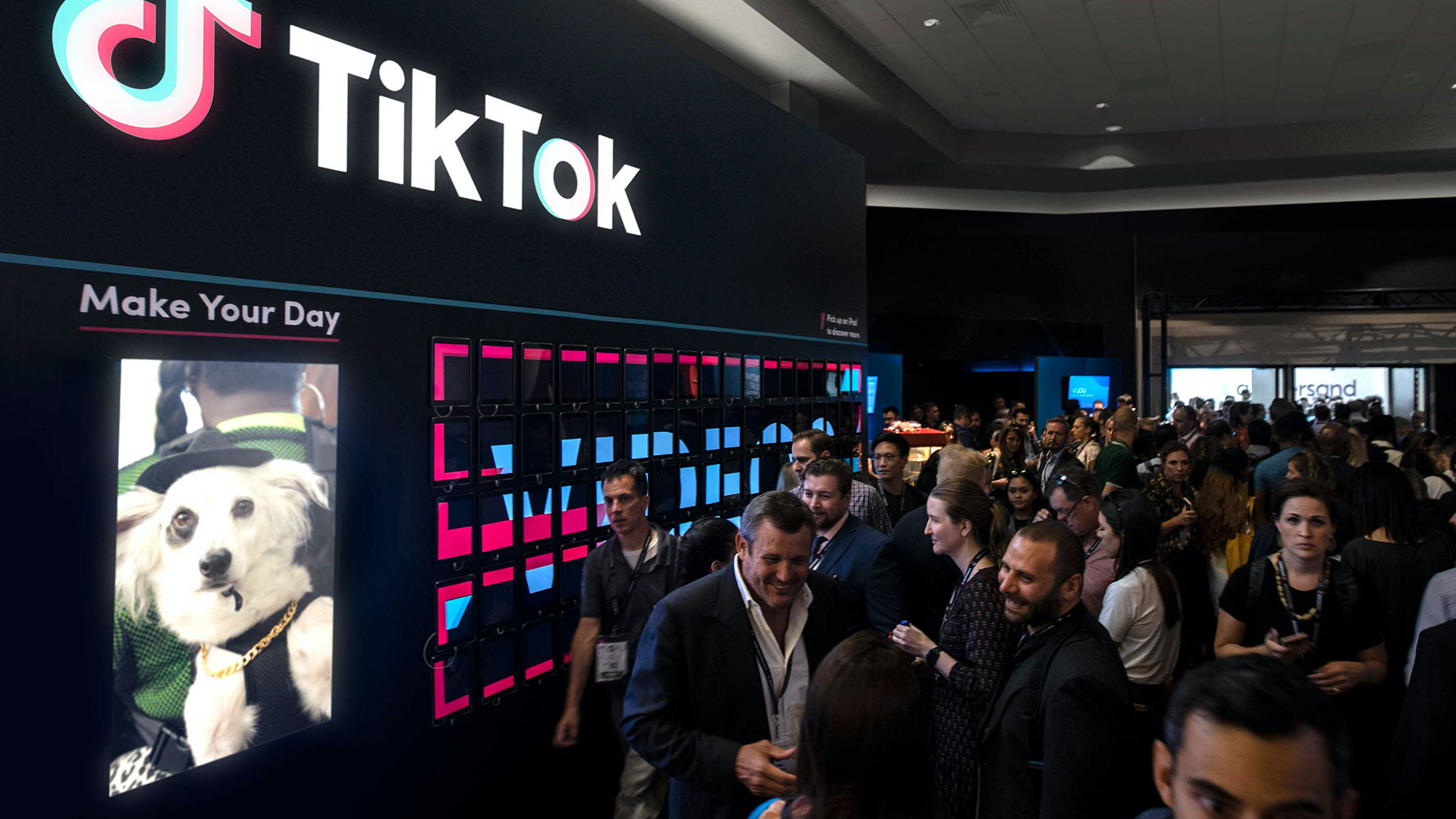Experiential and its role in recovery.
In this Transform Magazine article, CD Andy Sexton looks at how experiential will be fundamental in the overall economic recovery from COVID-19.

Experiential is supremely versatile. It’s format free and infinitely broad in execution. Channel agnostic, it’s not limited to established systems, technologies and locations. In so many ways, experiential is the ultimate COVID-proof marketing technique. Able to deliver moments of unexpected disruption and inspiration anytime, anywhere. Able to place brands where they’re needed the most and perhaps expected the least.
Experiential’s success comes from its unique capacity to connect emotionally through participation: to each other, to a story, to a cause, to a belief or to a brand. It’s indisputably effective at educating, empowering and inspiring, with proven success to drive sales, raise awareness and grow advocacy.
Back in the 1930s, the Great Depression served as a major catalyst in Hollywood’s growth. Technological advances combined with changes in human behaviour – ideal conditions for movies to become an affordable form of escapism, triggering a spirit of optimism as the economy lifted.
Today it’s the experiential sector that’s greatly depressed. Despite this, it has a critical role to play in society’s recovery. A role that goes far beyond the delight and distraction afforded by the silver screen all those years ago.
Fostering community
This is the human age. No longer customers or consumers, we’re now communities – rich mosaics of individuals united by attitude and mindset, not predefined demographics. We’re driven and influenced by responsibility, wellness, meaning and authenticity. Furthermore, we expect brands to be anywhere and everywhere. In lieu of physical integration with the many human networks that we take for granted, our awareness, appreciation and definition of community has transformed.
The brands thriving right now lead by serving their communities, albeit digitally. They’re cognisant of our shared anxieties and take a conversational, caring and cautious approach across their channels. They allow customer needs to inform their role and actions. Like Nike, who ask us to ‘play for the world’.
Shared physical experiences foster community like nothing else. Despite all the restrictions in place, by understanding and serving a need, brands can lean on experiential right now to galvanise and unite. Be invaluable, purposeful and transformative and you’ll attract attendance.
IMAX and AT&T announced a series of ‘Tribeca Drive-In’ cinema experiences and floral designer Lewis Miller is installing huge floral displays on New York City street corners to encourage us to pause and reflect, together. In Germany, football club Borussia Monchengladbach launched ‘Stay at home. Be in the stands’, a campaign that offers fans the chance to place cardboard cut-outs of themselves in the stadium.
Building confidence
Physical contact is now a currency, spent cautiously. Experiential strategies need to be reconsidered and redesigned to serve this new reality. Celebratory moments that can’t be replicated, like those shared in sport, culture and entertainment, have the power to make us feel gloriously human. Whilst they’re rightly restricted for now, we crave them more than ever.
But we mustn’t underestimate the delta between what we’re technically allowed to do and society’s inclination to actually do it. Done right, with consideration, compassion and understanding, the first new wave of in-person shared experiences will offer incredible value in building confidence on a personal, societal and economic level.
Amplifying culture
With so many crossover strategies, technologies and tactics shared with the experiential sector, developing COVID-proof future cultural happenings is an important part of our societal recovery. Agencies, individuals, and even brands have a role to play, understanding the needs of their communities and serving that need with curated experiences.
RIBA’s London exhibition ‘Freestyle’ was never meant to have a virtual component. Exploring architecture’s evolution over 500 years, the physical space had to be abruptly closed. Space Popular developed a virtual reality translation to unlock and amplify the stories in an online space.

Image source: Space popular
Similarly, VOMA will be the world’s first virtual museum, an intelligent transformation from physical museum to fully immersive digital experience. It can be visited by anyone, anywhere, and beyond static displays, the goal is to develop a social space enabling ‘incidental time’ amongst visitors.
Re-defining connectivity
In a recent New York Times article about telemedicine, Dr. Sam Wessely said “We’ve witnessed 10 years of change in one week”. Non-contact, last mile delivery systems are booming – drones, robotic and driverless vehicles suddenly seem essential. COVID-19 has been overwhelmingly a human story, but across every demographic our relationship with machines has also shifted. All our lockdown coping mechanisms are enabled through digital connectedness.
Technology evolves rapidly, people don’t. This long-standing mantra at my agency has helped us guide many clients on the journey of blending physical and digital tools into singular and seamless experiences. Fly the flag for simplicity, encourage a focus on storytelling and build confidence in ideas – all this before debating executional techniques. This belief is being tested right now, as the very future of experiential marketing is seemingly funnelled in the virtual direction.
Just like 1930s Hollywood, advances in technology and changes in human behaviour are lining up nicely. The convergence of physical, digital, virtual and social realities is very real and the Metaverse, a collective virtual shared space, is a compelling concept. Playstation’s Dreams, Manticore’s game builder and Fortnite’s Party Royale show us its power and potential. Many brands will create exciting and compelling experiences to leverage these new spaces, though it’s not for everybody.
Accessibility, sustainability and measurement will certainly thrive in the new era of virtual brand experiences, but there’s also much to lose, with the serendipitous joy of the incidental disappearing almost entirely.
Accelerating creativity

PLAN recently asked hundreds of businesses what kind of impact they expected the crisis to have on innovation in their organisations. Twice as many thought the overall impact would be positive rather than negative. The conditions for creativity are perfect. This is a once in a lifetime opportunity to do things that couldn’t be done before. Many future Fortune 50 brands are surely forming right now.
Creativity is also exploding with consumers themselves. The future of media is in the hands of gamers, TikTokers and live-streamers. A new generation of bedroom entrepreneurs, intuitively applying experiential marketing’s diverse tools to create their own brands, their own communities and in many cases their own customers. A million micro-experiences created and shared every day across a hyper-fragmented media landscape where social, interactive TV, gaming and mixed reality blend effortlessly.
A rallying cry to brands. Experiential is wide open. The tools are plentiful and they’re sharp. The in-person landscape might have been barren for a while, but the world is slowly reopening for business, and with that comes opportunity for brands that think creatively. Audience senses are heightened and their desire for shared experiences is greater than ever. Looking for cut through and differentiation? Then lean in, listen to your communities, understand their motivations, find the needs and lead by serving.
Special thanks to Transform Magazine for first publishing this article on 19 June 2020.
More reading:
DBA Interview: Building on 25 Years of Success.
Better Briefs: Make Them More Effective.
Effective Experiential: Beware the PR Stunt.
Let’s Get Personal.